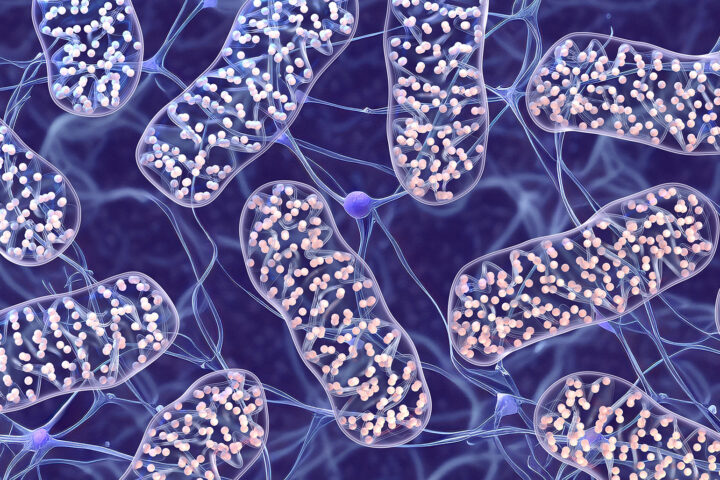In an alarming revelation, scientists from the University of New Mexico Health Sciences Center have uncovered the pervasive presence of microplastics in human placentas. This discovery, detailed in a study published in the Toxicological Sciences journal on February 17, underscores a growing environmental crisis with potentially far-reaching implications for human health and the broader ecosystem.
Microplastic Detection in Human Placentas
Led by Matthew Campen, PhD, Regents’ Professor in the UNM Department of Pharmaceutical Sciences, the research team embarked on a pioneering analysis of microplastics in 62 human placenta samples. Utilizing a novel analytical technique, they detected microplastics in every sample, with concentrations varying from 6.5 to an astonishing 790 micrograms per gram of tissue. This finding is particularly concerning given the significant accumulation of these particles within the human body.
The Process of Detecting Microplastics Unveiled
The researchers employed a method known as saponification to chemically break down the fat and proteins in the placenta samples into soap-like substances. Following this, the samples were subjected to ultracentrifugation, isolating small plastic pellets. These were then heated in a process called pyrolysis, with the resulting gas emissions analyzed via mass spectrometry to identify the specific types of plastics present.
Polyethylene: The Primary Culprit
The study identified polyethylene, commonly used in plastic bags and bottles, as the most prevalent type of polymer in the placental tissue, constituting 54% of the total plastics found. Other significant polymers included polyvinyl chloride (PVC) and nylon, each representing about 10% of the total, alongside nine other types of polymers.
Marcus Garcia, PharmD, a postdoctoral fellow in Campen’s lab who conducted many of the experiments, emphasized the significance of this new method.While most others are counting visible particles, his new pyrolysis method precisely quantifies the amount of microplastic, enabling a more accurate assessment of exposure levels.
The Environmental Footprint of Plastics
Since the early 1950s, global plastic use has skyrocketed, producing a metric ton of plastic waste per person on the planet. Much of this plastic ends up in landfills or the natural environment, breaking down into microplastics that infiltrate our water, air, and food. This widespread contamination affects not only humans but also animals and plants, revealing a disturbing ubiquity of microplastics across all life forms.
Health Implications and Future Concerns
While the immediate health effects of microplastic exposure remain uncertain, Campen suggests a potential link to various health issues, including inflammatory bowel disease, colon cancer in younger populations, and declining sperm counts. The fact that these particles have been found in placentas raises serious concerns about the cumulative exposure and accumulation of microplastics in other organs over longer periods.
Campen’s team plans further research to explore the potential health impacts of microplastic exposure. However, with global plastic production on the rise and expected to double every 10 to 15 years, the urgency to address this issue has never been greater. The findings serve as a stark reminder of the environmental and health challenges posed by our reliance on plastics, urging a reevaluation of production and consumption patterns to mitigate this invisible threat.








